05/06/2023 | Maria Adelaide Marchesoni
Chaos, Roberto Spada art collection
At Spada Partners' headquarters in central Milan, in a building designed in the early 1960s by Luigi Caccia Dominioni, clients can admire part of an art collection that reveals a great awareness of the present
Roberto Spada has been collecting contemporary art since 2005 and, as often happens, his collection is a work-in-progress that currently has about two hundred and fifty works including painting, sculpture, photographs, videos, and installations by artists from all over the world. For him, the art collection is "a fascinating and legitimate polygamy," and if he had to title it the most appropriate one would be Chaos. The works among them are linked by a common thread on the theme of identity, be it race, gender or politics. The collection project, which Roberto Spada shares with other studio partners not only in Milan but also in Rome and Bologna, has a mission: to support the creativity of young artists and to be an opportunity for mutual exchange, dialogue and meditation.
Why did you start collecting?
The beginning of my collection was certainly thanks to the friendship with the lawyer and collector Giuseppe Iannaccone and with the historic Milanese gallery owner Claudia Gian Ferrari, daughter of Ettore, one of the greatest gallery owners of the 20th century, and whose business she carried on with extraordinary charisma until her untimely death. In particular I should say thanks to the trips they organized in search of young artists and new galleries around the world to India, Iran and Israel. I joined these trips as an enthusiast of Eastern cultures and, reflecting on my attitude at the time, I would have seemed very funny: I used to look around and be silent till the very end, quietly, waiting afraid of being inappropriate for my neophyte like remarks. When I got up the courage to buy two sculptures by Indian artist Praneet Soi, Claudia reassured me by saying that if I got tired of seeing them around she would buy them. I realized that I had chosen well; according to her, I was really talented. What is certain is that the two sculptures still survive, after many years, in my office.
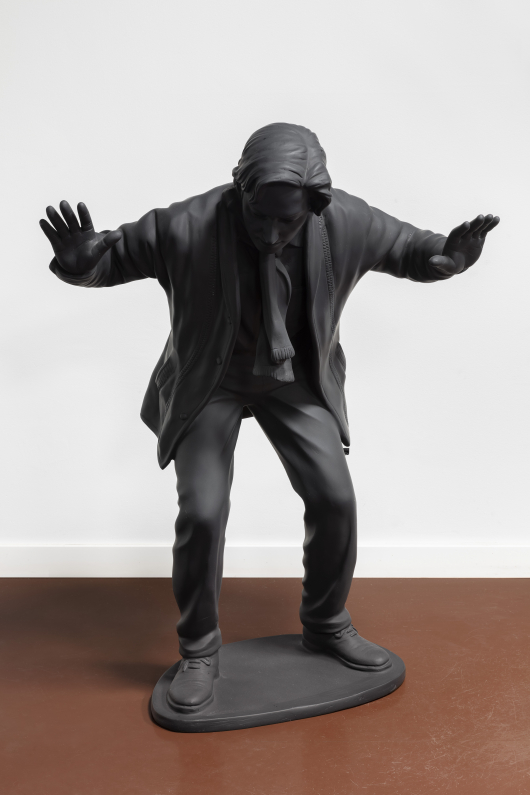
Praneet Soi, Angelus Novas 2, 2007 fiberglass, sculpture
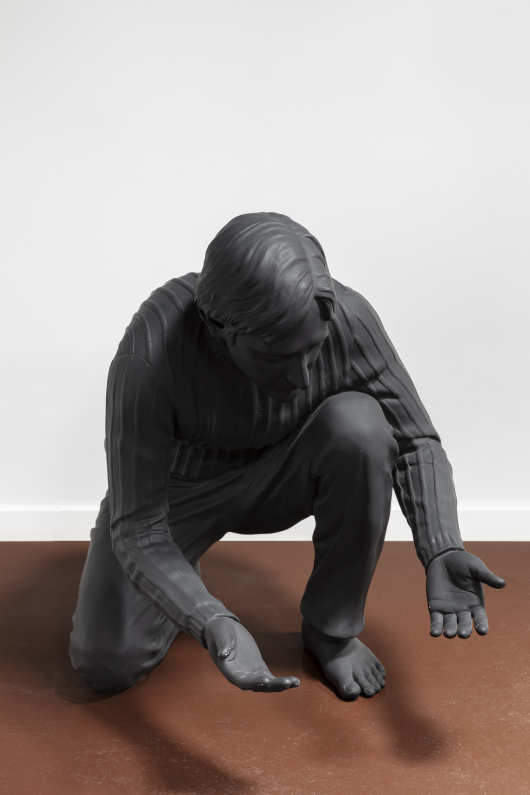
Praaneet Soi, Pieta 2007, iberglass, sculpture
With whom do you share your passion?
I share my passion first of all with my son Michael. Even though he is not a real enthusiast and we don't have the same tastes I like to talk about it with him and understand his point of view. Then recently I was with my family in Cuneo arranging some pieces of my collection in the house my parents have just renovated. I was very excited to find out that my father wants a list of all artists and also a brief history of their works to learn more and be able to tell friends about them.
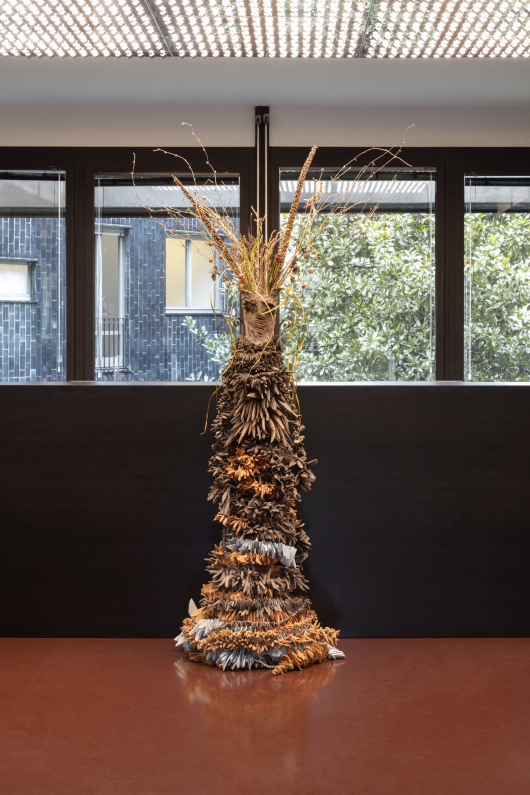
Chiara Camoni, Sister #03, 2021, polychrome terracotta, iron
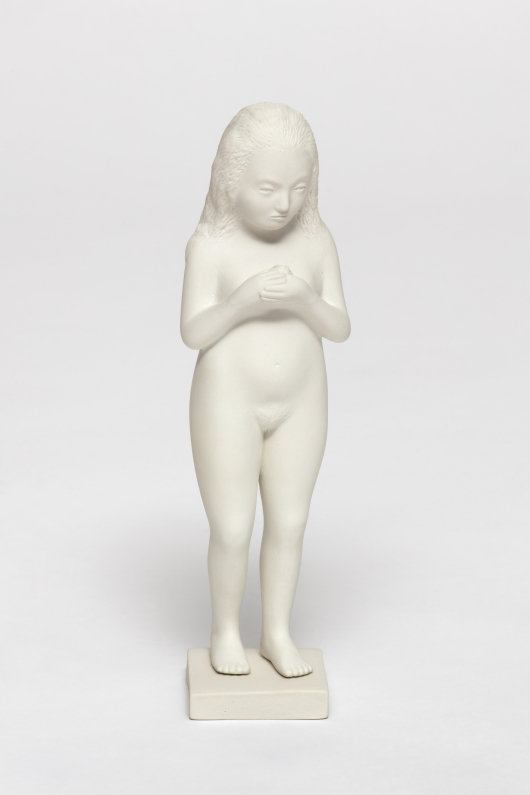
Kiki Smith, Eve 2004, porcelain
The focus of your collection or if there is a common thread that links the works?
Some time ago I was interviewed and when asked what title I would give to my collection I said Chaos. This is the key feature of my collection with a focus on the human body and multiculturalism. Only after a few years I realized that the works have a common thread related to the theme of identity, whether it is racial, gender or political.
What are the criteria you choose a work or an artist by?
An irrational impulse driven by instinct.
Which aspect of collecting do you prefer: searching, finding or owning?
I guess, I love all these three aspects.
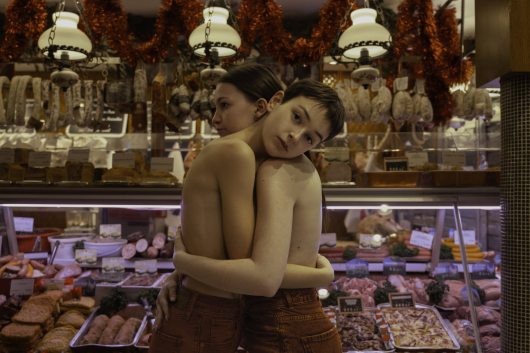
Federica Belli, Growing, 2022, Fine Art color pigment print on cotton paper
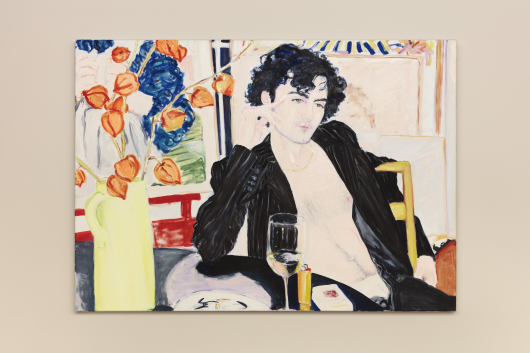
Billy Sullivan, Senza Titolo, 2005, mixed media on paper
What was the first purchase and under what circumstances did it happen?
The first-ever work I purchased was Hombre Candela by Cristina Garcia Rodero, which I saw at the Venice Biennale in 2001. I was walking along the Corderie dell'Arsenale and my eyes were caught by a photograph. I tried to ignore it, but like a mantra I repeated the following sentence in my mind, "I can't imagine living without that work of art." I know, it sounds as irrational and naive as a teenage crush, but this is exactly how it happened. I bought the photograph completely unaware that this trigger would happen many more times.
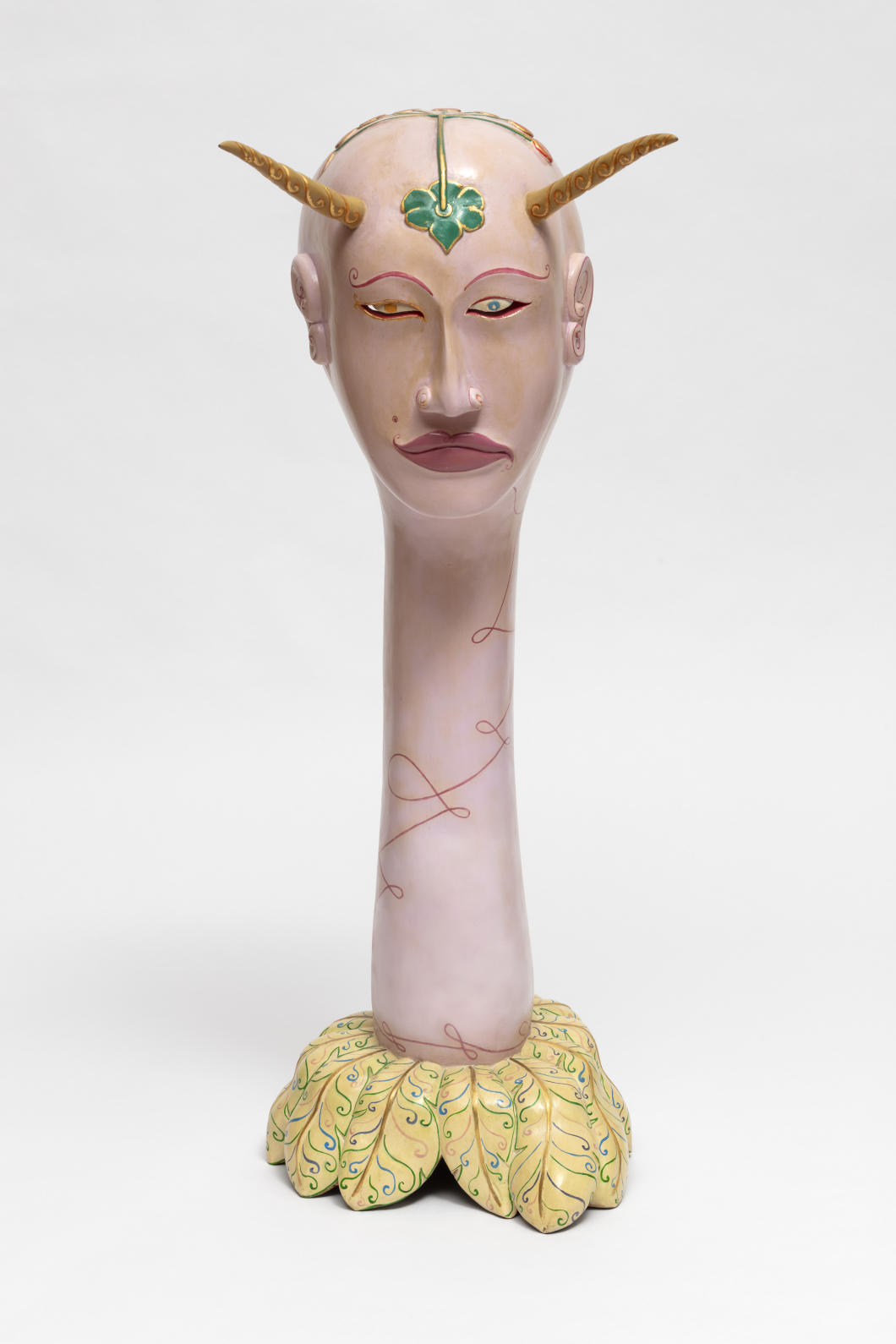
Luigi Ontani 'Stupid'Inno, 1996, carved and painted wood with gold leaf applications 84 × 31 × 35 cm work signed, titled and dated by the artist below the base
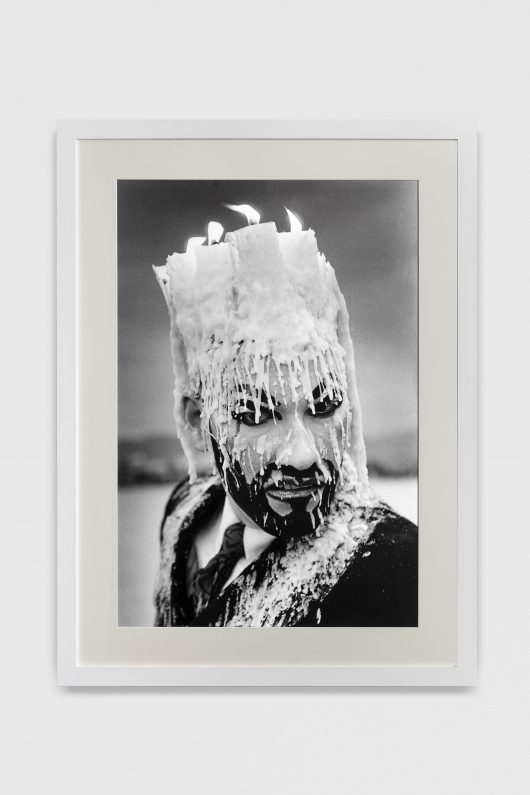
Cristina Garcia Rodero, Hombre Candela, 2000, Silver gelatin print with archival treatment, printed on natural PH card stock and framed by the artist
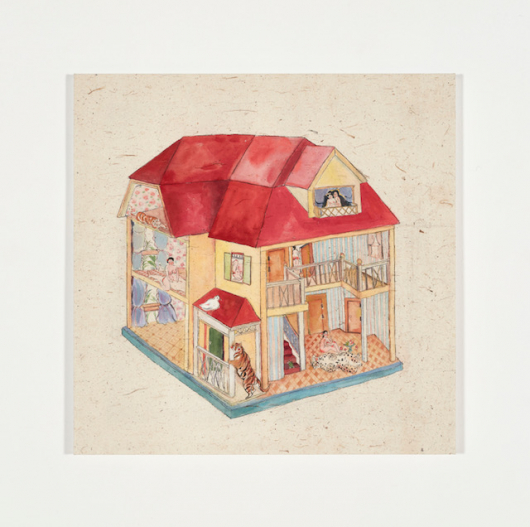
Shafei Xia, Dollhouse, 2021, Watercolor on sandalwood paper plastered
The "unattainable" work that made it into the collection?
More than one, particularly those by Luigi Ontani. When the Gian Ferrari heirs put works from Claudia's collection up for auction, I decided that I would buy some pieces that I loved very much from her collection and that would also remind me a friend. Today they are my son's most beloved works. He loves Stupid’inno, it is the union of opposites, the two inseparable parts of ourselves.
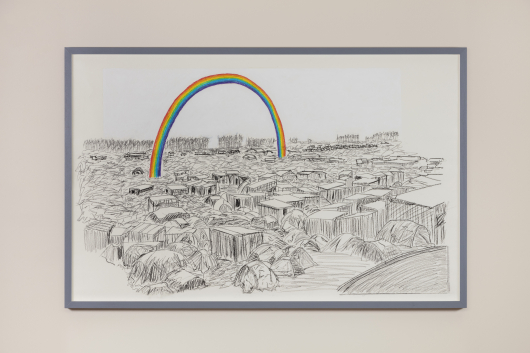
Gian Maria Tosatti, Histoire et destin - New Man's land (Rainbow), 2016, oil and oil pastels on paper

Shilpa Gupta Untitled 2008, photo on canvas
The work that did not make it into the collection: why?
A visionary work by Matthew Barney; by the time I decided to purchase it, the work had already been sold.
The one with the most intriguing story to tell and the one whose possession fills one with pride?
There are many and I could write a book. Perhaps the funniest one is also the one that fills me with pride, which is Ibrahim Mahama's work. I bought one of his works the year before his participation in the Venice Biennale at Chiara Rusconi's APalazzo gallery. At that time he was not yet so famous. The work Chiara showed me was monumental in size, five by four meters, but nevertheless I decided to purchase it. I was fascinated by the story of these patchwork of sacks used for the cocoa trade and then converted to transport coal. For a few years I was forced to keep it in the attic, recommending to my staff, shocked by those torn jute sacks, not to throw it away. Eventually I found its proper location. Now it is in my office, where it occupies an entire wall and part of the ceiling. After I installed it, I sensed from the members of the studio some embarrassment and concern especially about the clients' reactions to those sacks . Today it is our tent of Abraham, rich with history that protects us.
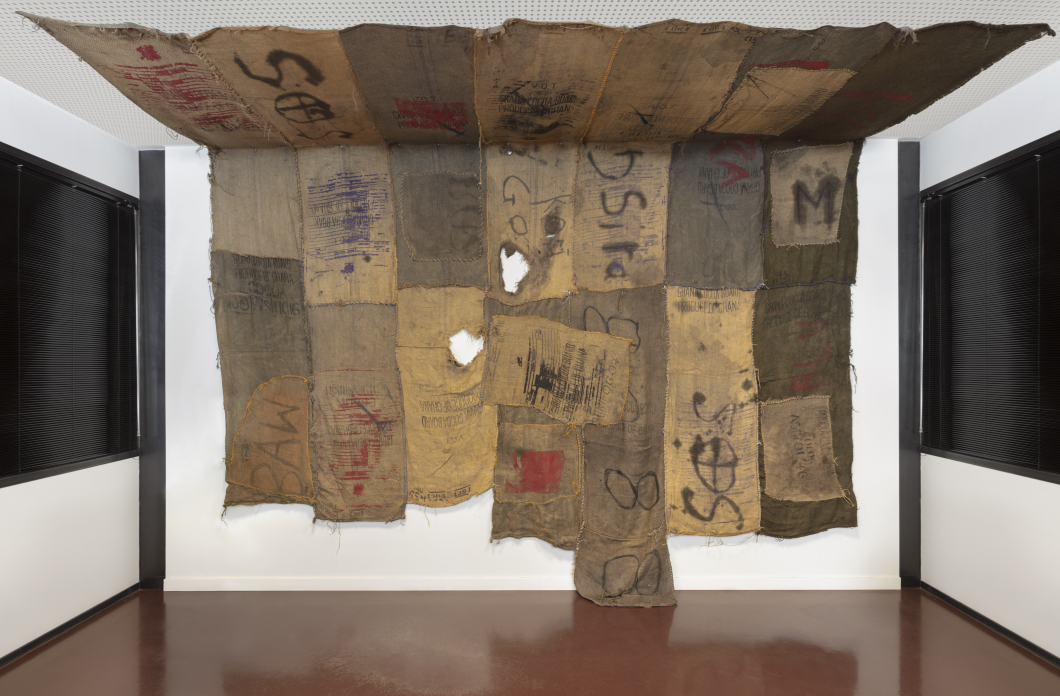
Ibrahim Mahama, Jsira - Sos, 2015, Coal sacks, dyed sacks with markings and screen printing
Pros and cons of social networks. The role of social networks in your choices: source of inspiration and/or information?
I removed myself from Instagram and I don't use social apart from Linkedin for professional reasons. I am old-school. I need to see artworks in person, talk to artists and gallerists, and most of all be excited.
Where do you buy?
In galleries mostly and, in case the artists are not represented by a gallerist, directly from them.
What fairs do you attend?
Arte fiera in Bologna, Mia Photo Fair and Miart in Milan and Artissima in Turin every year. When I can I also travel to Basel, Paris, London and Madrid.
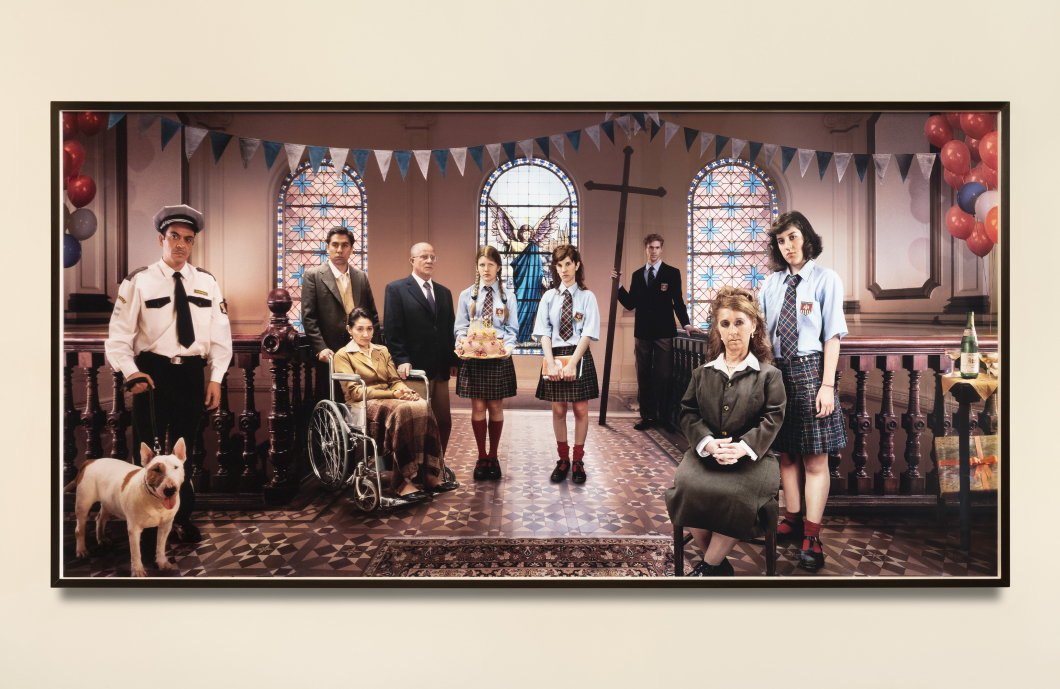
Marcos Lopez, El cumpleaños de la directora, 2008, lambda print, colored by hand
Studio visit to the artists' studio: can you share an experience that particularly impressed you?
All studio visits for one reason or another are interesting and always impress me very much. The most recent one was in the studio of Nina Carini, an artist of Sicilian origin who lives and works between Milan and Geneva. I went to see her studio a Saturday morning because I was fascinated by the stories of her works she told me during a previous meeting. I was particularly fascinated by a sound installation and the ability of sounds to take me to another world.
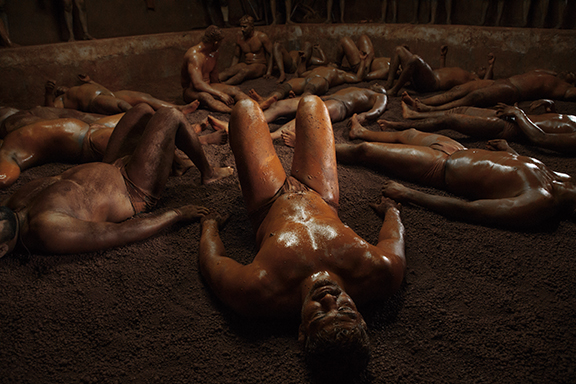
Jayesh Sharma, Kushti 15, 2019, Photo Rag Pearl Hahnemuhle
What works or artists would you like to add to your collection in the next twelve months.
I do not usually make a list of the works I wish to buy, I have always bought without thinking too much, following my instincts. This year during Mia Photo Fair I bought several works and in particular I focused on Iranian artist Tamineh Monzavi and German artist Johanna Maria Fritz. What struck me about both artists is that although they talk about serious political and social issues, the images they give us back with their photographs are peaceful and quiet ones. What I found interesting was to discover what lies beyond this perspective.

Tahmineh Monzavi, Cold Soil Red Soil, 2018, Photo
Does Italian art find a place in your collection? Which artists do you have in your collection and what were the reasons.
Absolutely, there are many Italian artists in my collection. Starting with Luigi Ontani whom we talked about earlier, moving on to Francesco Gennari, Flavio Favelli, Jacopo Benassi, Chiara Camoni, Luca De Leva, Massimo Bartolini, Letizia Cariello, Paolo Chiasera, Nicola Lo Calzo to the younger photographic artists Federica Belli and Silvia Rosi.
Thanks to the Italian artists, I also realized that the seriality is a characteristic that fascinates me a lot. I have a work consisting of 365 ceramic sculptures by Davide Monaldi or again a work made up of 238 digital photographs printed on cotton paper by Maria Morganti.
In your opinion, why does contemporary Italian art struggle to succeed in international contexts?
Because we don't have a system that supports it. Let's try comparing MaXXI to the Tate Modern in London. We are very good at being controversial but we have no programming, no vision. Thankfully there are private realities like Fondazione Prada or Hangar Bicocca to support young artists, including Italian ones.

Maria Morganti, Serie Acque, 2018, 238 Digital photographs printed on cotton paper
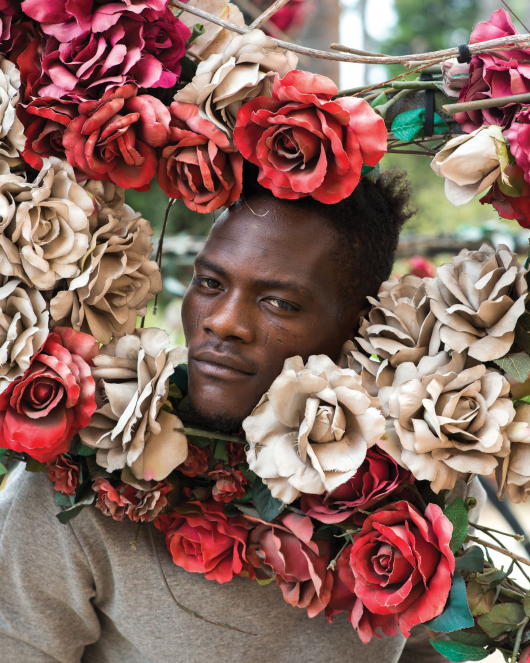
Nicola Lo Calzo, Ernest, Togolese performer and resident in Palermo, 2018, Lambda print
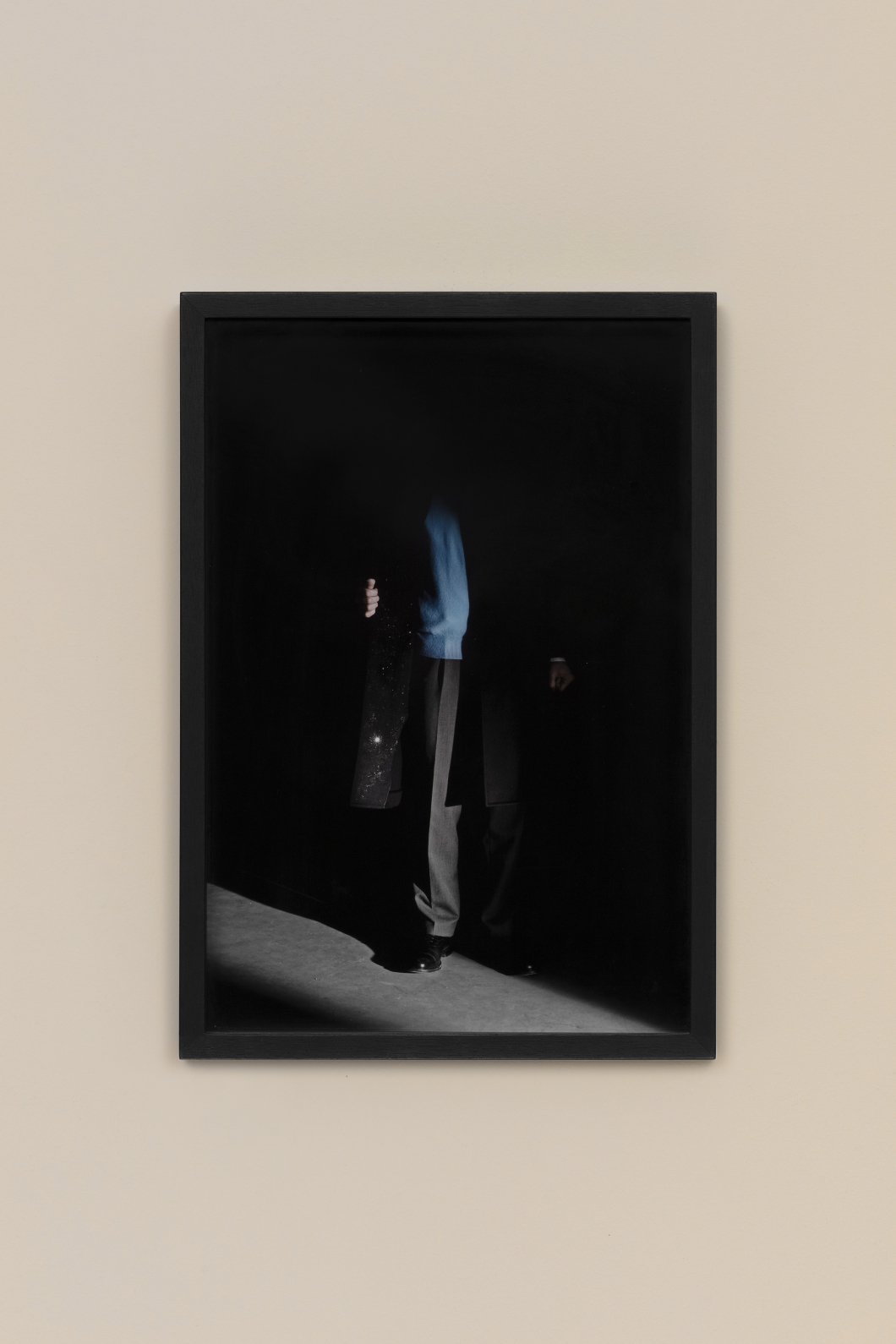
Francesco Gennari, Autoritratto come Universo, 2009, Lambda print on dibond
Of the leading figures in the art world that you met, can you tell us some anecdotes?
Thanks to my friend Lia Rumma, I was lucky to meet Anselm Kiefer and visit his studio in Paris, which was an unforgettable experience. He has such a huge studio that there are bicycles available for guests to reach the bathrooms.
Does art help you get through difficult times?
Art always helps, not only in difficult times.

Peyman Hooshmandzadeh, Untitled from the "Dry!" Series 2011_2017, Inkjet printing
Pro or cons of art lending?
Definitely pro, art is for everybody. I lend works with great pleasure when requested with a caveat that the works should be handled carefully. The last loan was for an exhibition curated by Marco Scotini in Naples.
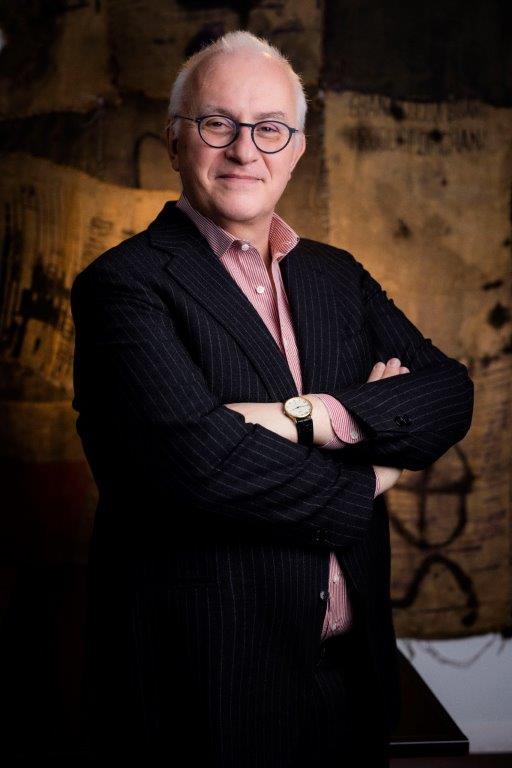
Roberto Spada